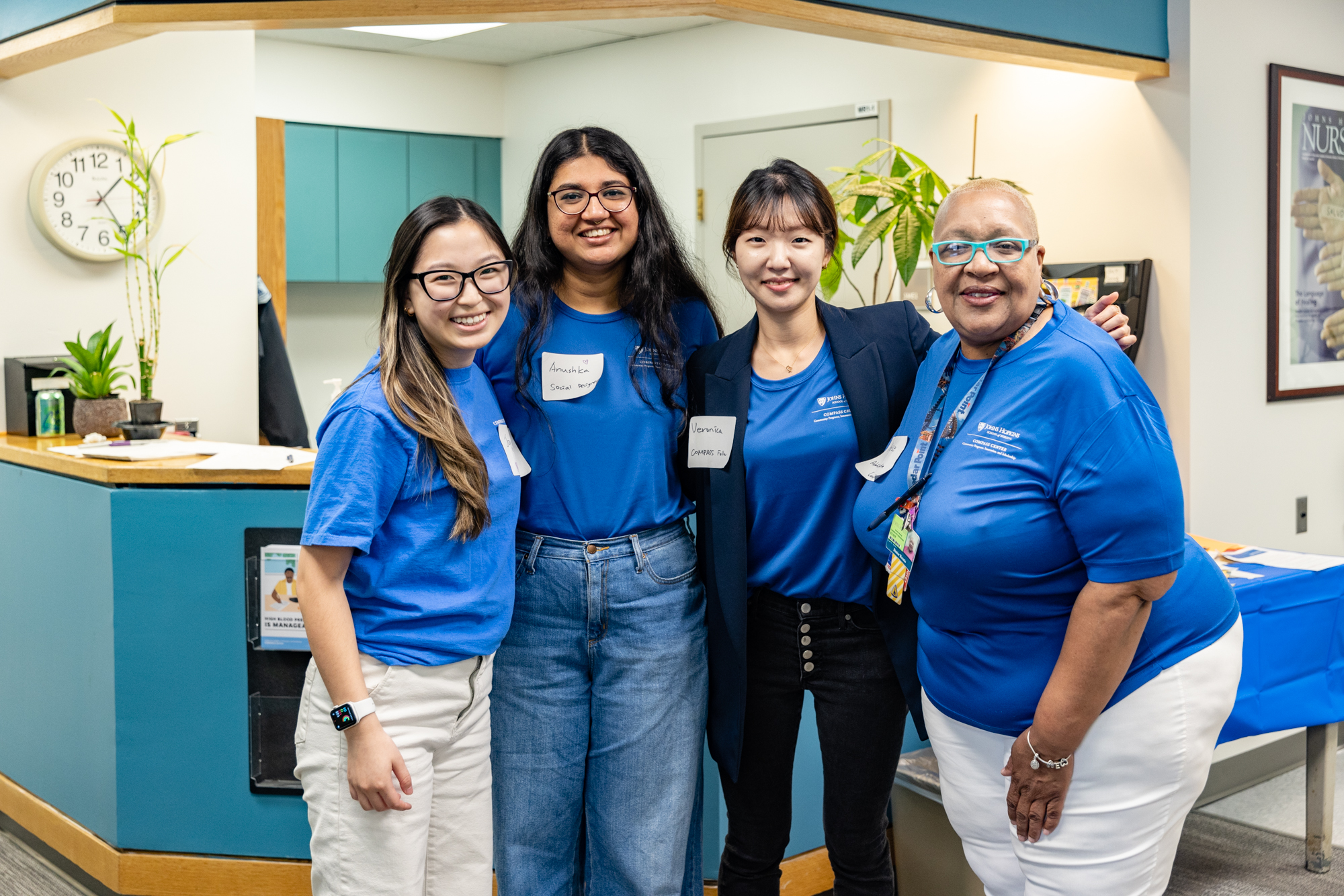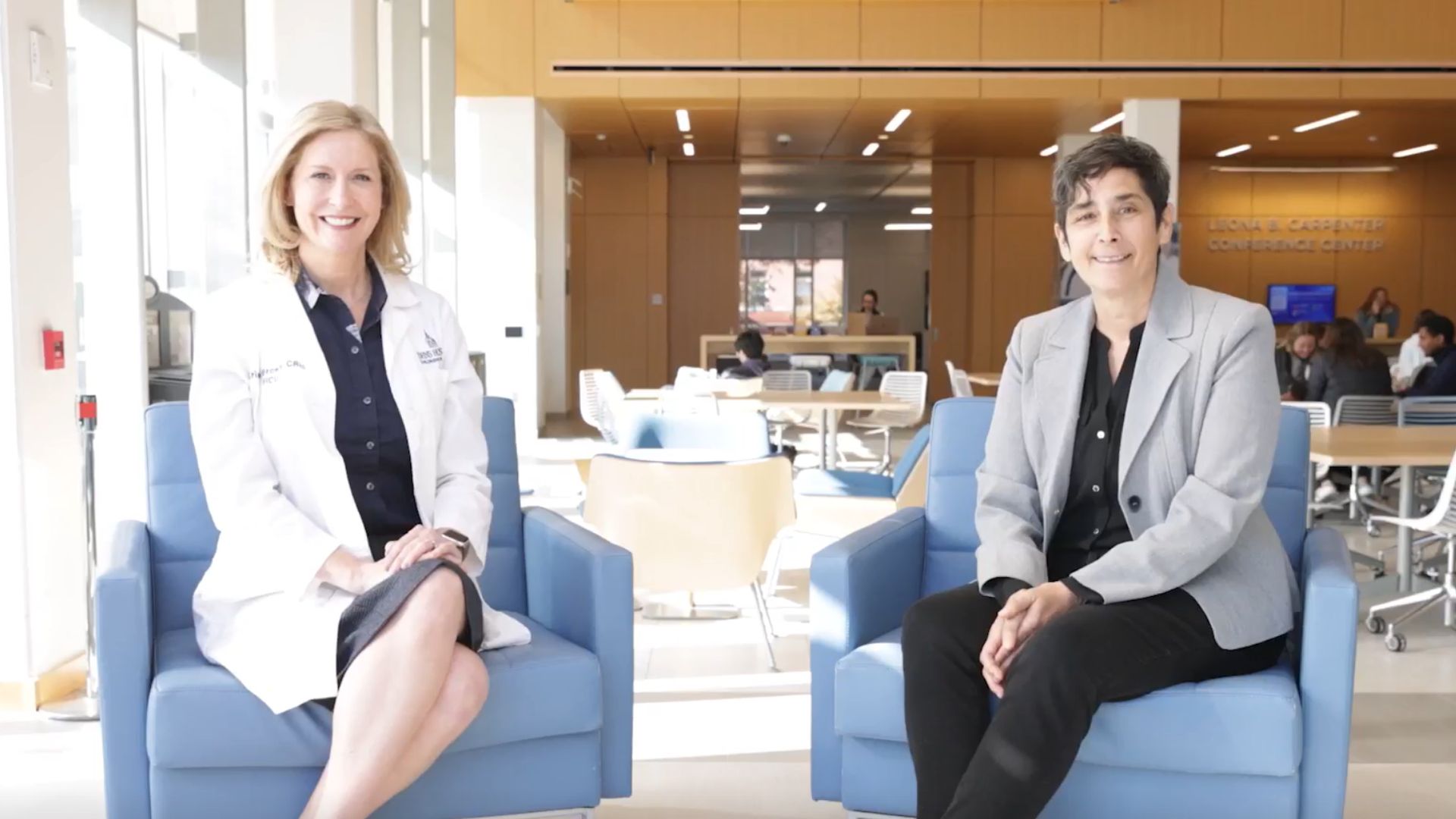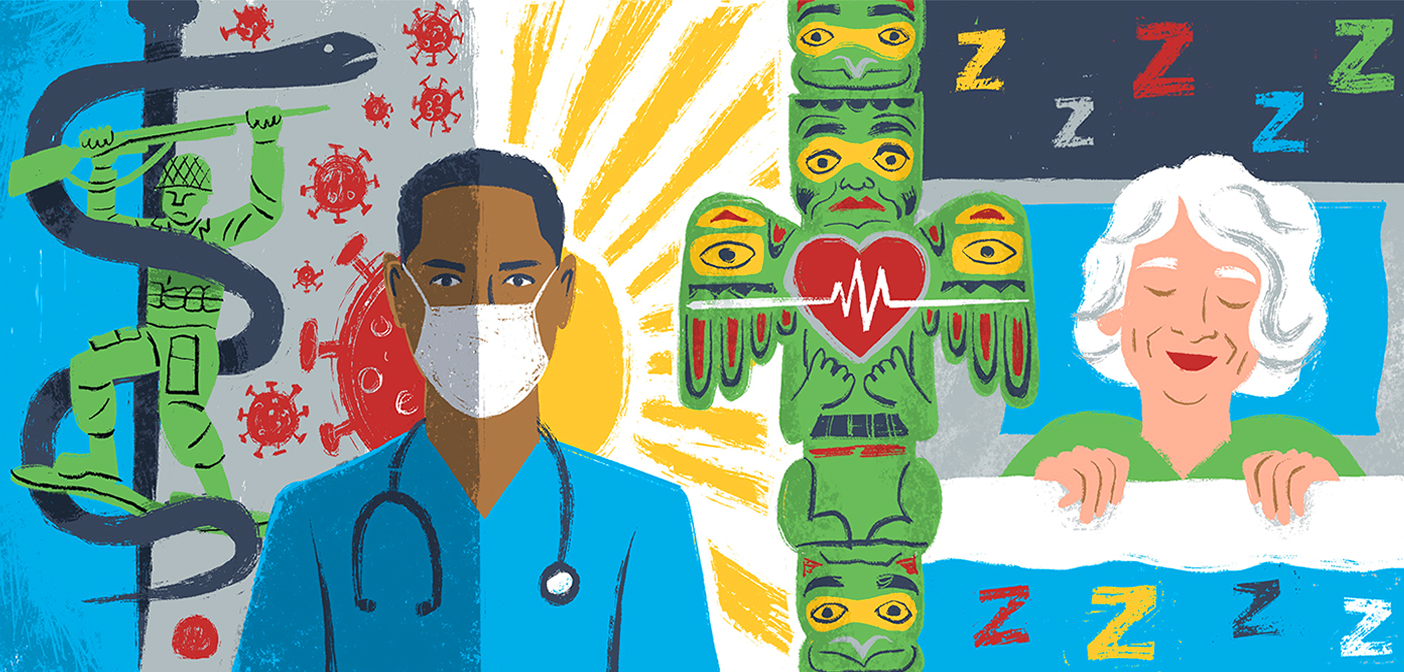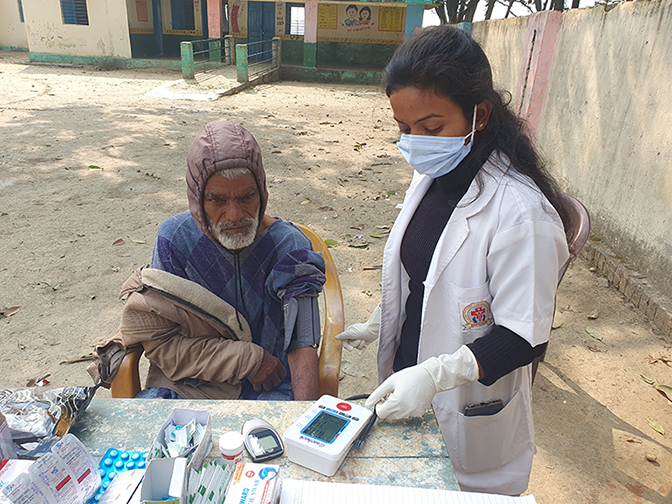This summer, I visited Mrs. M in her home as a CAPABLE research nurse. Mrs. M is 80 years old, African American and lives in West Baltimore, one of the neighborhoods that had their CVS burned down in the riots last April. Since last spring, Mrs. M has to catch the bus and ride to Catonsville, 9 miles away, to get her prescriptions filled. Her street is narrow, made with crumbling bricks and has many bumps, cracks and potholes. Garbage is strewn about the street and piled up on the corners of dissecting alleyways. Houses on both sides of the street are abandoned and boarded up. Mrs. M tells me that most of her neighborhood friends have died, through the years, and that she is the last remaining older adult, from the neighborhood where she and her husband raised their children. It is a blistering, hot, Baltimore, summer day. Her door is open, awaiting my arrival for our second session.
Like many African Americans, in Baltimore, Mrs. M grew up on a farm in North Carolina and now lives with family members in a row house built around 1920. Her house is tidy and like most of our participants, Mrs. M is gracious and kind. She lives with chronic medical conditions: hypertension, high cholesterol, chronic arthritis pain and diabetes. In CAPABLE client’s chose what they want to work on, her goals are to: improve nutrition, decrease pain and prevent falling. During our conversation, I am impressed to find that she has followed through on all of the strategies we identified from last visit: changed her pain medicine from Aleve to Tylenol, started taking her blood pressure medications in the evening instead of the morning, and she inquired about the status of a walker and shower chair ordered for her. Following through on her “homework”, demonstrates that Mrs. M is a highly activated client, which means that she will likely be successful in meeting her goals.
At the end of our visit, I ask her if I should be nervous about being in the neighborhood and she says she does not think so, that the people on the street only want to hurt each other. Mrs. M continues that people ask her why she remains in this run down neighborhood, she responds that she has everything that she needs here, she doesn’t need a bigger house or nice car. Residing where she lives, Mrs. M sees that she has everything; I am blinded by what she is lacking. She is content and happy; again, I learn a valuable lesson about gratitude and grace from my visiting one of my clients.
Since 2008, I have been visiting older adults throughout Baltimore city with the CAPABLE Study (Communities Aging In Place to Advance Better Living for the Elderly). Dr. Sarah Szanton and I developed the nursing protocol for CAPABLE, building on the ABLE (Advanced Better Living for Elders) study by Dr. Laura Gitlan, using Occupational Therapists, in Philadelphia. The CAPABLE study is designed to help, low income, older adults, stay in their homes by home visits from an occupational therapist, a registered nurse and a home improvement specialist (handyman), focusing on making clients daily function easier. The nurse does this by working with clients on pain, fall prevention, mood, incontinence, medications, communication with healthcare providers and sexual health.
As a CAPABLE nurse, I travel in neighborhoods across Baltimore City, bearing witness to neighborhoods that have been forgotten and or neglected by society. I sometimes have to remind myself that I am in what is considered, a first world country. Many of our participants live on streets where most of the houses are abandoned; there are no “luxuries” like libraries, parks, or recreation centers. Some CAPABLE participants live in houses that are falling down, with little running water, no heat and failing, electrical systems.
The thing that stands out the most, about my experiences in the underserved neighborhoods of Baltimore, is the older adults that I have had the privilege of meeting. They range in age from 65 to 98 years of age and are predominately African American women- 10% men and 10% Caucasian. These older adults worked all of their lives as: share croppers, Pullman Porters, military service members, mothers, fathers, nannies, cooks and farmers. Some were born into families with sixteen children, others were orphaned at a young age. Many suffered and continue to suffer from medical problems: breast cancer, arthritis, a broken back (from being in an elevator that fell). They grew up under the repressive laws of Jim Crow and a racist society. Their stories of racism are heartbreaking. All of them have welcomed me into their homes with kindness and grace. I was privileged to hear many stories about this great generation. I am hoping to share some of their struggles accessing healthcare and services.
I hope that you tune in for more.
Sincerely,
Jill Roth, BFA, BSN
 Wald Center Returns to Lead Community Care
Wald Center Returns to Lead Community Care From Health at Home to ICU, Pediatric Nurse Practitioners Talk About the Care Continuum
From Health at Home to ICU, Pediatric Nurse Practitioners Talk About the Care Continuum Growing CAPABLE
Growing CAPABLE Summer Research Roundup 2023
Summer Research Roundup 2023 In India, Breast Health Via Wellness Centers
In India, Breast Health Via Wellness Centers 







